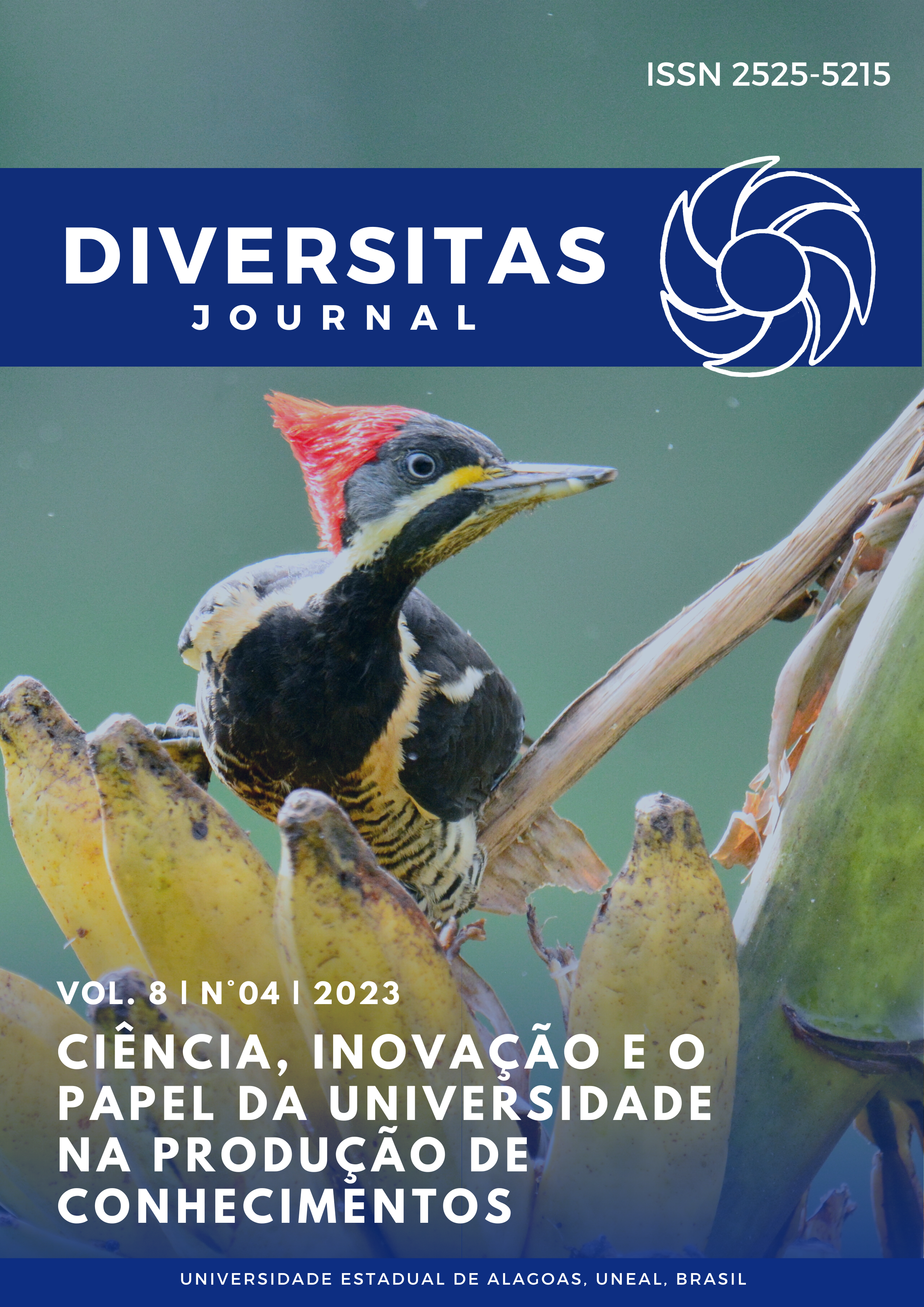Infomemory of the ghost neighborhoods of Maceió
Case Braskem
DOI:
https://doi.org/10.48017/dj.v8i4.2814Keywords:
Memory, Project Ruptura, EphemeraAbstract
Five years ago, Maceió experienced an environmental catastrophe due to irregular mining carried out by the company Braskem. On that occasion, 60,000 people left their places of residence due to soil subsidence, and upon vacating, they wrote protest messages on the structure of their homes, which are part of the memory not only of this population, but of Alagoas society as a whole. . The writings bring traces, traces, information that feed collective memories, however ephemeral, as real landscapes are vulnerable to external factors, with digital networks as a preservation resource, perhaps soon the only one, where they are inserted into social networks in photography. This article aims to succinctly analyze the importance of infomemorial traces present in the writings on the houses of the so-called ghost neighborhoods, recorded in photographs. The methods used are bibliographic and digital survey; Next, the analysis of photographs made available on the social network Instagram is carried out, in a specific profile of the project entitled Projeto Ruptura. After analyzing the photographs, we concluded that the material available on Instagram is important for individual and collective memories of former residents of ghost neighborhoods, these new “places of memory”, which allow access and dissemination of this content. However, the memory consolidated in material or intangible heritage is protected, but the ephemeral memory present in those registered can only rely on digital records, which are also ephemeral.
Metrics
References
Arhein, R. (1980). Arte e percepção visual: uma psicologia da visão criadora. Edusp.
Assman, A. (2011). Espaços da recordação: formas e transformações da memória cultural. Editora da Unicamp.
Bosi, E. (1998). A Memória e a Sociedade. Lembrança de velhos. Cia das Letras.
Chauí, Marilena. Convite à Filosofia. Ática.
Cunha, M. R. da. (2011). A Memória na era da reconexão e do esquecimento. Em Questão, 17 (2), pp 101-115. https://seer.ufrgs.br/index.php/EmQuestao/article/view/22062.
Floridi, L. (2014). The 4th Revolution (A quarta revolução). Oxford. Disponível em: https://issc.al.uw.edu.pl/wp-content/uploads/sites/2/2022/05/Luciano-Floridi-The-Fourth-Revolution_-How-the-infosphere-is-reshaping-human-reality-Oxford-University-Press-2014.pdf.
Prodanov, C. C.; Freitas, E. C. (2013) Metodologia do trabalho científico: métodos e técnicas da pesquisa e do trabalho acadêmico. Feevale.
Gil, A.C. (2008). Métodos e técnicas de pesquisa social. Atlas.
Mangan, P. K. V. Construção de memórias digitais virtuais no ciberespaço. In: França, M. C. C. C.; Lopes, C. G.; Bernd, Z. (Org.). Patrimônios memoriais: identidades, práticas sociais e cibercultura. Movimento; Unilasalle.
Massoni, L. H; Morigi, V. J. A efemeridade e a virtualização das memórias da cidade. Morpheus – Estudos Interdisciplinares em Memória Social, Rio de Janeiro, v. 10, n. 17, p. 1-8, 2018. Disponível em: https://seer.unirio.br/morpheus/article/view/7692.
Monteiro, S. D; Carelli, A. E. (2007, 31 outubro) Ciberespaço, memória e esquecimento. [Comunicação Oral]. Encontro Nacional de Pesquisa em Ciência da Informação, Salvador. Disponível em: https://brapci.inf.br/index.php/res/v/171512.
Nascimento, G. F. C. L; Azevedo, C. X. C. N. (2016, 25 novembro). Concepção Infomemorial no Campo da Ciência da Informação: Aspectos Teóricos e Epistemológicos. [Pôster]. Encontro Nacional de Pesquisa em Ciência da Informação, Salvador. Disponível em: https://www.brapci.inf.br/index.php/res/v/191462.
Nascimento, P. dos S; Silva Sobrinho, H. F. da. A “língua da mineração”: produção de sentidos na comunicação midiática da empresa Braskem S.A. em Maceió - AL. RUA, Campinas, SP, v. 28, n. 1, p. 5–25, 2022. DOI: 10.20396/rua.v28i1.8670291. Disponível em: https://periodicos.sbu.unicamp.br/ojs/index.php/rua/article/view/8670291.
Nora, P. (1993). Entre memória e história. A problemática dos lugares. Projeto História, 10, pp 7-28. https://revistas.pucsp.br/revph/article/view/12101.
Pessach, G. (2008). Memory Institutions: Social Remebering, Privatization and Its Discontentes. Journal of International Media and Entertainment Law, 1. (n.2), p. 71-149. https://papers.ssrn.com/sol3/papers.cfm?abstract_id=1085267.
Puls, M. (2016, março 11). Cor ou preto e branco? Razões de uma escolha. Zum - Revista de Fotografia. https://revistazum.com.br/radar/cor-ou-pb/.
Downloads
Published
How to Cite
Issue
Section
License
Copyright (c) 2023 Isaac Roberto Ferreira, Leilah Santiago Bufrem

This work is licensed under a Creative Commons Attribution 4.0 International License.
The Diversitas Journal expresses that the articles are the sole responsibility of the Authors, who are familiar with Brazilian and international legislation.
Articles are peer-reviewed and care should be taken to warn of the possible incidence of plagiarism. However, plagiarism is an indisputable action by the authors.
The violation of copyright is a crime, provided for in article 184 of the Brazilian Penal Code: “Art. 184 Violating copyright and related rights: Penalty - detention, from 3 (three) months to 1 (one) year, or fine. § 1 If the violation consists of total or partial reproduction, for the purpose of direct or indirect profit, by any means or process, of intellectual work, interpretation, performance or phonogram, without the express authorization of the author, the performer, the producer , as the case may be, or whoever represents them: Penalty - imprisonment, from 2 (two) to 4 (four) years, and a fine. ”


















